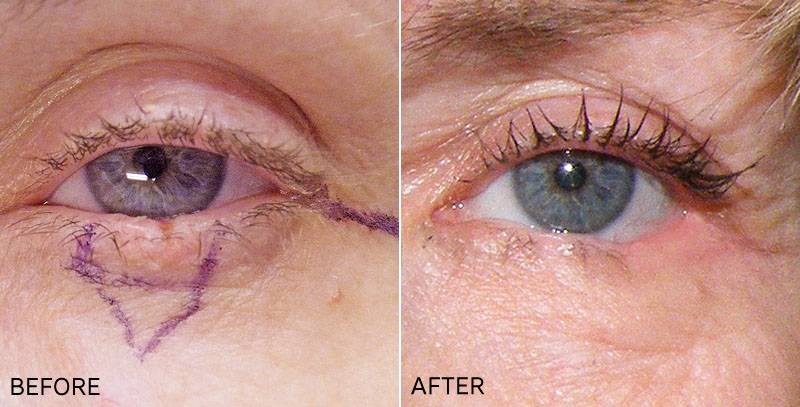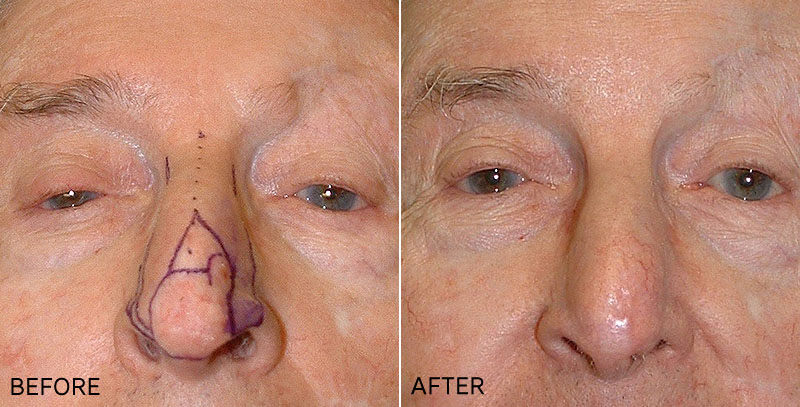Skin Cancer Screening, Removal, and Reconstruction
The gold standard for skin cancer treatment is surgical removal. Since the best treatment is surgical, doesn’t it make sense to have a plastic surgeon treat your skin cancer?
Although there are many types of physicians who treat skin cancer, the best physician to cure and reconstruct skin cancer is a Plastic Surgeon. Dr. Viggiano, a Board Certified Plastic Surgeon, has been trained to not only diagnose and cure skin cancer, but to reconstruct the tissue that was lost. From the simplest removal and fine line scar closure to rebuilding a nose, an ear, or an eyelid, Dr. Viggiano knows the latest techniques to make the experience low stress and to provide the most aesthetic result possible.








